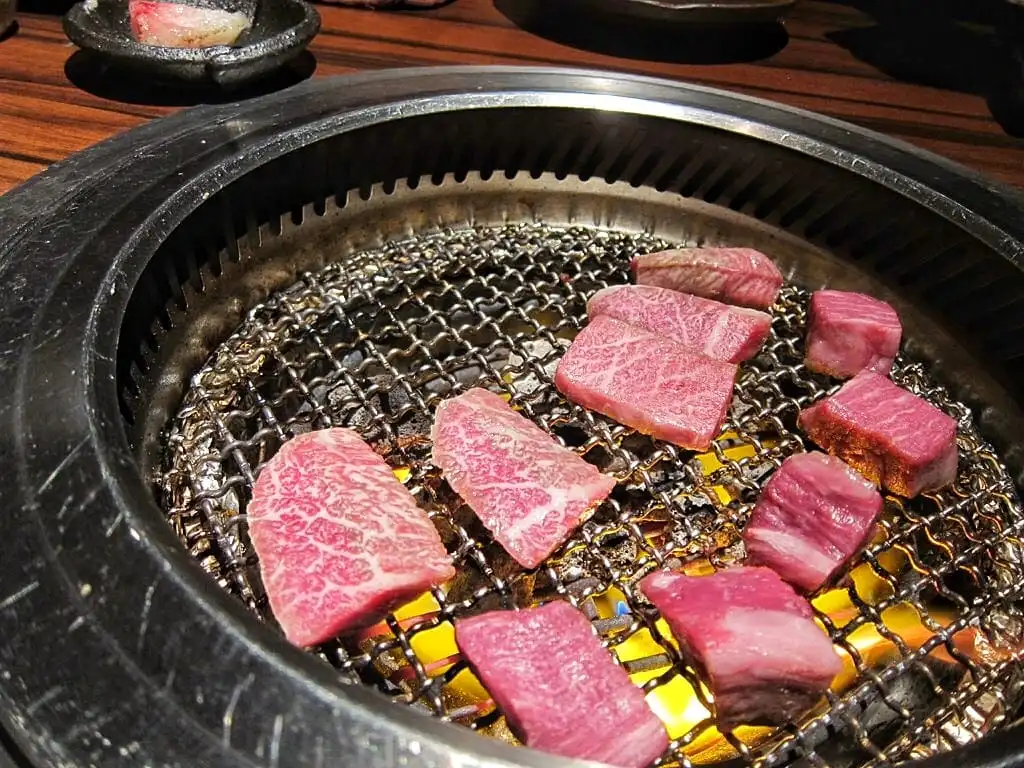
The Differences between Japan’s Grilled Meats
Eating beef in Japan is an experience. And there are so many variations to how you can enjoy it with the most common as teppanyaki and yakiniku. Here are the basic differences between teppanyaki versus yakiniku:
Teppanyaki
Teppanyaki translates to teppan = “metal plate” and niku = “meat”, typically beef. The meaning alone indicates that the beef is cooked on a metal plate, or flat iron griddle. The first teppanyaki restaurant was said to have originated in Kobe, Japan where the restaurant owner wanted to showcase the region’s beef and his knife skills. The style of cooking meat later popularized after World War II especially as it moved abroad where the display of cooking dazzled foreigners (think, Benihana).
Yakiniku
Yakiniku translates to yaki = “grilled” and niku = “meat”. In this case, the meat is grilled on a grated griddle over a wood flame or gas/electric grill. This style of cooking was introduced by the Koreans who used beef and pork innards from discarded cuts to make meals after World War II. Today, yakiniku can also include beef, pork, chicken, seafood, and vegetables.
Buy your Official JR Pass and Regional Pass!
Stay connected in Japan with Pocket Wifi!
Arrive in style and convenience with Meet & Greet service!
Disclaimer: This article contains affiliate links to hotel booking sites. With no additional cost to you, your bookings earn me a commission if you click on the links via my website – Thank you!
Sign up for my newsletter on the sidebar for blog updates and my travel insider tips! And, check out my vlogs on YouTube!



